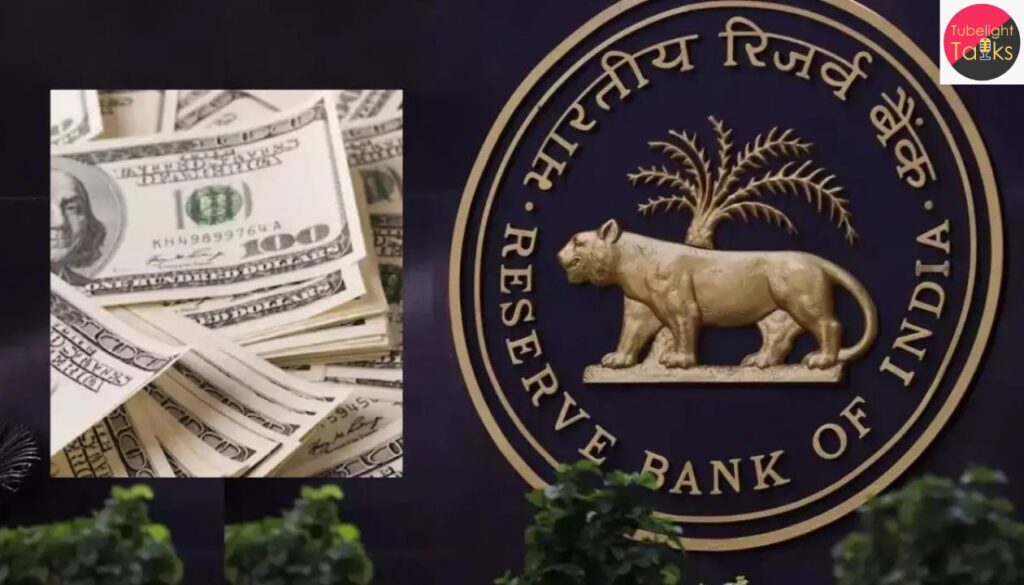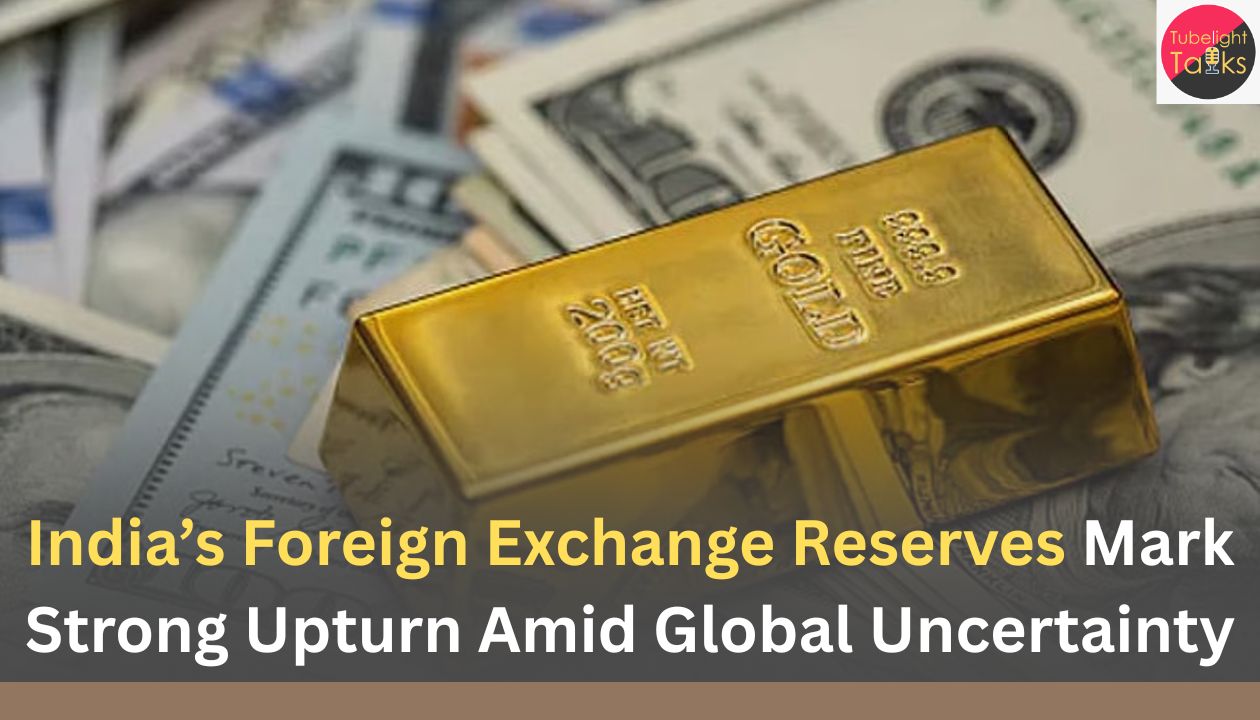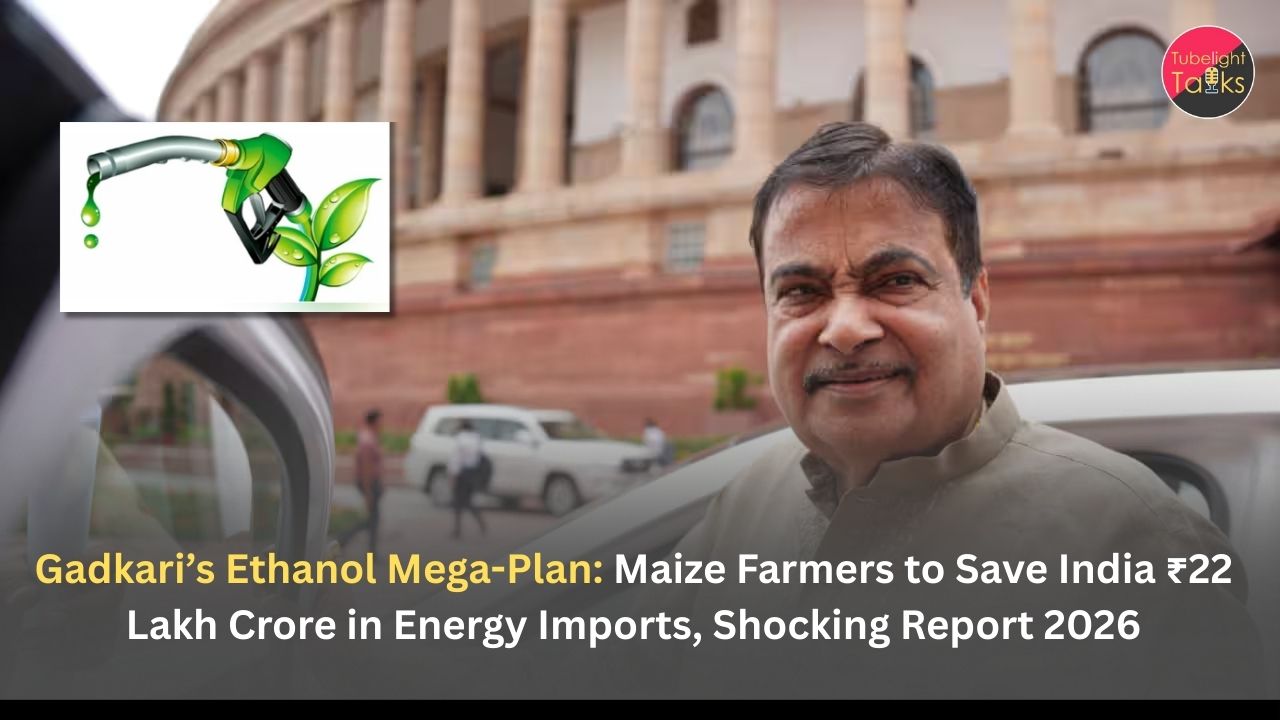India’s foreign exchange reserves have once again crossed the $700 billion threshold, reaching $702.28 billion for the week ending 17 October 2025, according to the RBI’s weekly statistical supplement. This followed an increase of roughly $4.496 billion in total reserves during that reporting week.
Reserve Composition & Key Drivers
Gold Holdings Surge
One of the standout features of this reserve build‑up is the sharp acceleration in gold value. Gold holdings rose by approximately $6.181 billion in just the week under review, bringing them to around $108.5 billion, representing nearly 15 % of total reserves. The increase was driven by both global bullion price advances and central‑bank accumulation.

Foreign Currency Assets (FCA) Decline
Despite the overall rise in reserves, the largest component—foreign‑currency assets (FCA)—fell by about $1.692 billion to $570.411 billion. This decline reflects factors such as currency re‑valuations of holdings (euro, pound, yen) and RBI’s interventions in the forex market.
Historical Context
India’s reserves had touched a peak of about $705 billion in September 2024. The current level of $702.28 billion places India among the few major economies with substantial FX buffers.
Why This Matters
External Shock Absorber
Large reserves give India a cushion against global shocks—such as oil‑price spikes, sudden capital‑outflows and currency turbulence. The RBI itself noted that the reserves now cover more than 11 months of merchandise imports.
Market Confidence & Currency Stability
A robust reserve figure helps bolster investor confidence, underpin the rupee and reduce vulnerability to speculative attacks. The gold‑heavy composition may also reflect a strategic diversification away from traditional dollar‑dominated holdings.
Strategic Significance of Gold
Gold’s higher share (about 15 %) in India’s reserves is noteworthy. It reflects not only valuation gains but also a long‑term hedging strategy amid global uncertainties, trade tensions and currency‑devaluation risks.
Risks & Watch‑Points
Valuation Dependency
A large part of the reserve build reflects valuation gains—especially in gold. If gold prices reverse, the nominal value of reserves could contract.
Intervention Costs
The slight decline in FCA suggests that RBI may have sold dollars to defend the rupee or maintain liquidity. Such interventions, if sustained, may erode reserve adequacy over time.
Reserve Adequacy Metrics
While the headline figure is high, economists caution that what truly matters is the import‑cover metric, forward dollar exposures and capacity to sustain external‑payments stress. A 2025 study flagged RBI’s large forward‑dollar positions as a hidden risk.
Also Read: IMF Upgrades India Growth 2025-26 Outlook Amid Global Economic Challenges
Safeguard on Reserve Strength
From the perspective of the teachings of Sant Rampal Ji Maharaj and the principle of satgyan (true knowledge), economic strength is most meaningful when it supports human dignity, community welfare and long‑term sustainability—not just headline figures. A nation’s forex reserves, while essential for macro‑stability, gain their highest value when they ensure lives are safeguarded from economic shocks, when they support inclusive growth and when they reflect ethical stewardship of resources.
Looking Ahead – Key Indicators to Watch
Weekly Updates & Trends
Watch for upcoming RBI weekly statistical supplements to see whether the reserves continue to rise or drift down, and how components like gold and FCAs behave.
Reserve Use in Strategy
Monitor how the reserves support rupee management, import‑cover metrics, and whether they translate into better external‑sector health (trade surplus, capital inflows) rather than just accumulation.
Policy Impacts
Keeping large reserves is one side; deploying them effectively during external stress is another. Analysts will watch for how the RBI uses this buffer in future shocks and how India’s external‑sector policy adjusts in response.
FAQs: India’s Foreign Exchange Reserves (October 2025)
Q1. What is the current size of India’s forex reserves?
India’s foreign exchange reserves reached US$702.28 billion for the week ended 17 October 2025.
Q2. What caused the recent rise?
A major driver was a jump in the value of gold holdings (up about US$6.18 billion). Meanwhile, foreign‑currency assets declined slightly.
Q3. What proportion of reserves is gold?
Gold holdings now account for approximately 15 % of India’s total forex reserves.
Q4. Does this mean India has no external vulnerabilities?
Not entirely. While the reserves are strong, risks remain—such as forward dollar exposures, dependence on valuations and pressure from global capital flows.
Q5. How does this affect the rupee and trade?
Large reserves support currency stability, helping the rupee absorb external shocks. However, reserve size alone doesn’t guarantee trade balance—India still must address trade deficits, export competitiveness and structural reforms.










